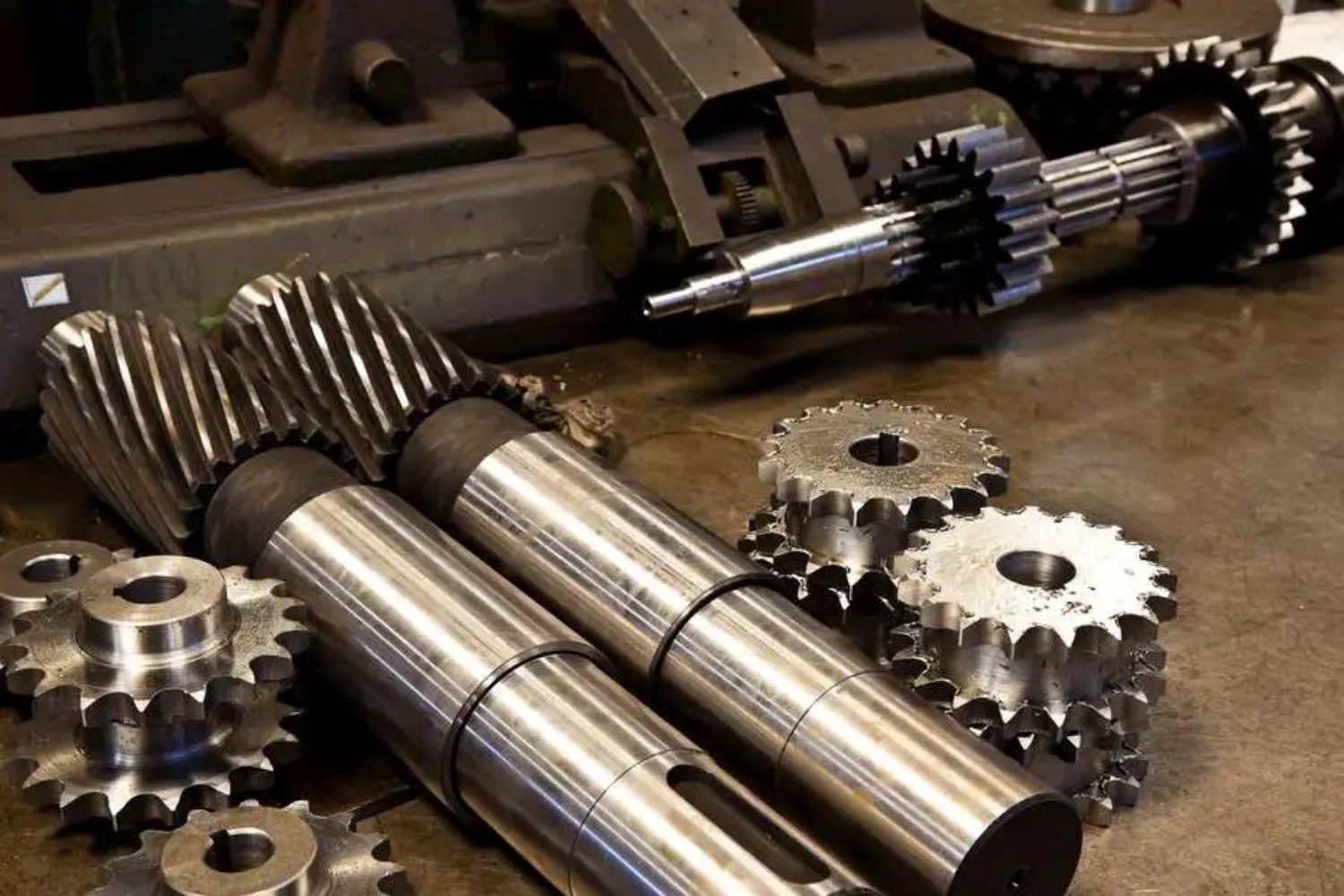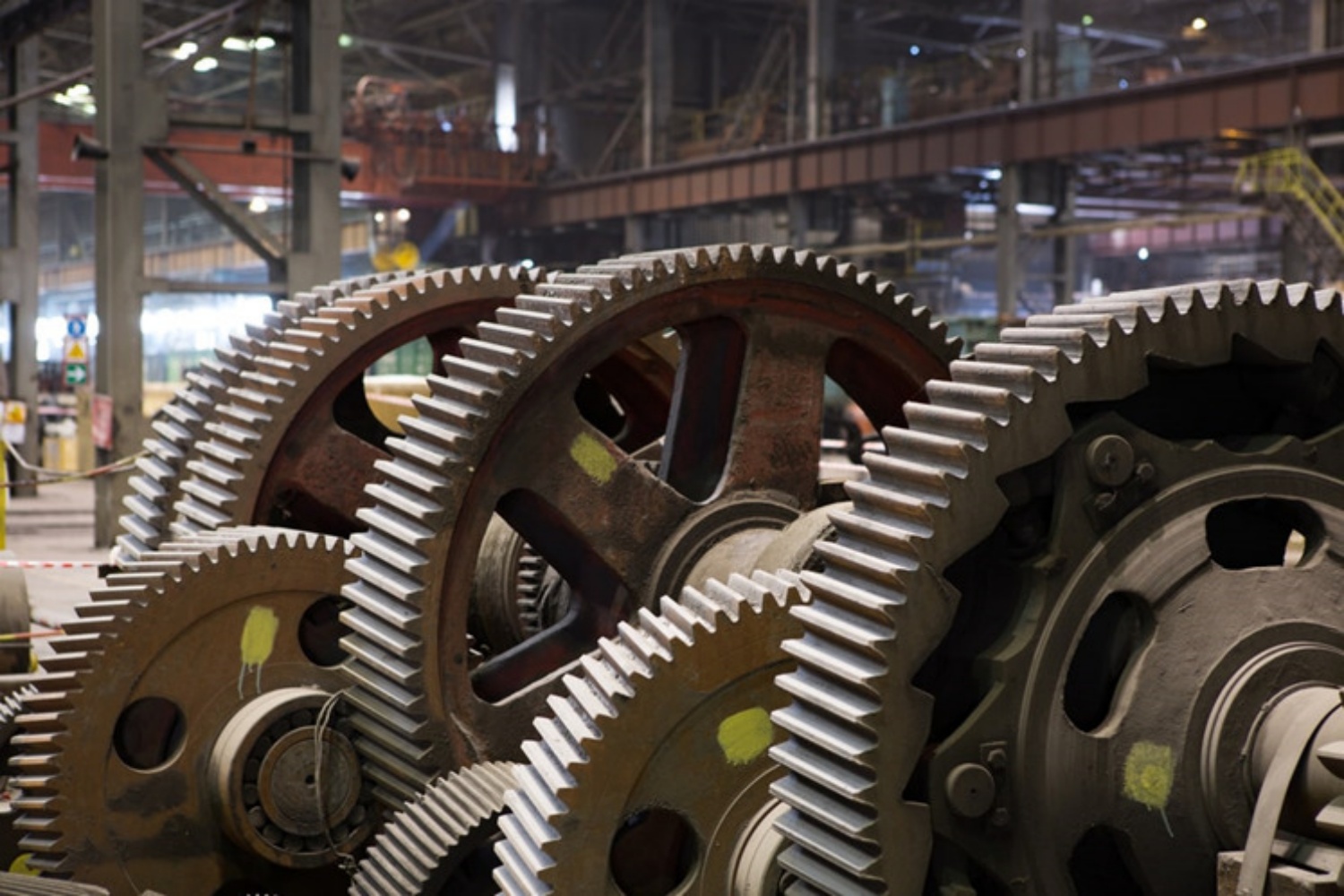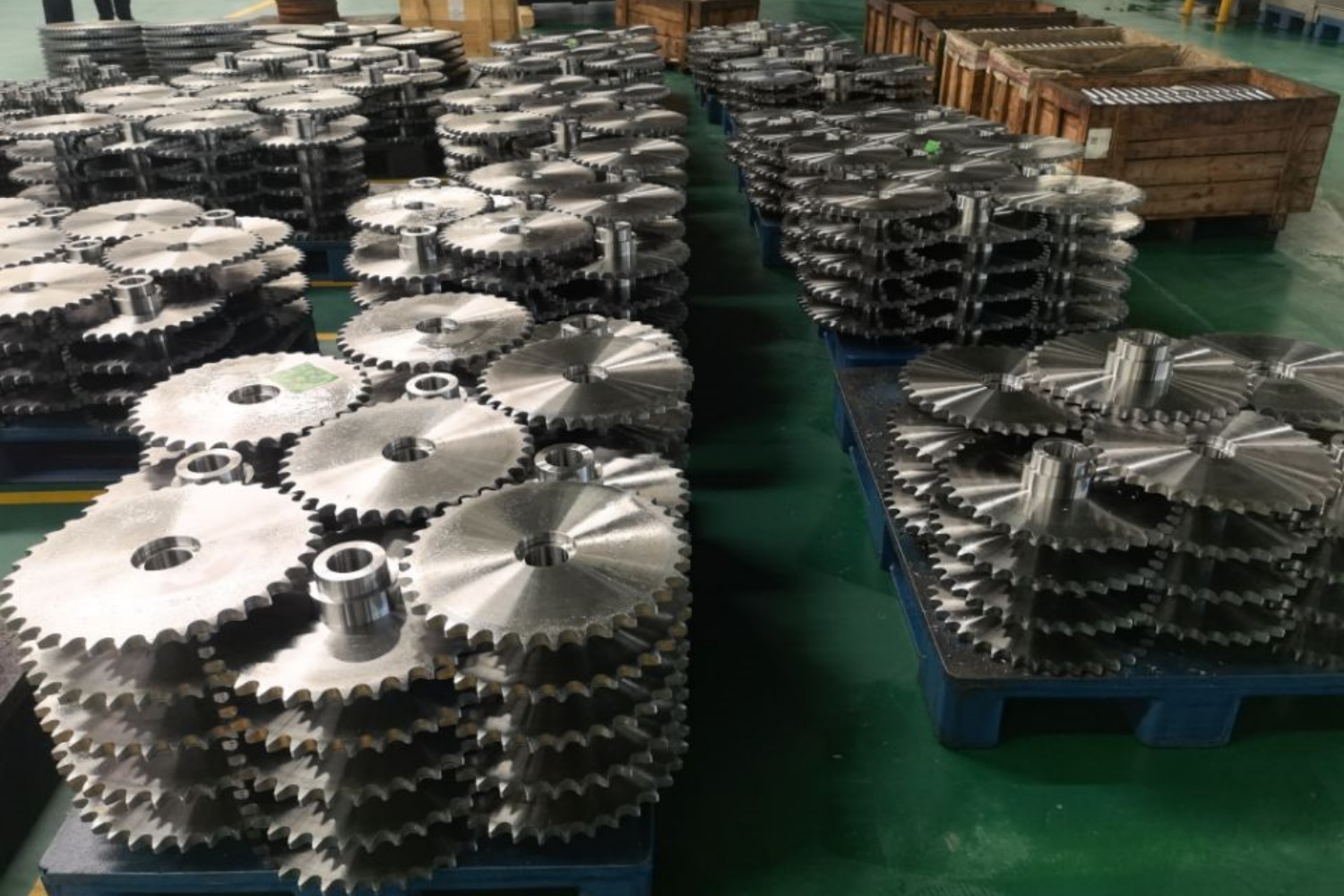The pulley is an indispensable transmission component for most mechanical operations. The pulleys of different specifications and sizes are applied with different mechanical equipment. And the large-sized pulleys of large-scale machinery are expensive, so, more attention should be paid to the maintenance. The following is about the precautions when using large pulleys.
If the belt is found to be slipping when we use a large pully, it means that the pully lacks tension. However, once the tension starts to be too large, the bearings of various auxiliary machines will be damaged. So, we should take precautions, which means that we should loosen or tighten the relevant adjusting nuts or bolts when using the large pulleys, and adjust the tension of the belt to make it work best.
In order to facilitate the installation of the pulley on the shaft when installing a large pulley, it is better to lightly grind the burr on the inner diameter of the pulley with a fine gauze cloth first, and then apply a thin layer of grease. When installing the pulley to the motor shaft, remove the fan cover first, and put the measuring shaft against the wall, then continue to tap the pulley into the shaft.
The hydraulic puller can be used when disassembling the large pulley. Based on this principle: increasing the force bearing area can reduce the breakage of the pulley, and it is easy to disassemble. So, we can place a 5mm thick strip of iron on the 3 claws of the puller if the edge part of the pulley is always broken when pulling out.
In a word, reasonable use and professional maintenance of pulleys can prolong their service lives.
CONTINUE READING
Related Posts
In the rapidly growing food processing industry, the need for high-quality, precision equipment is more important than ever. As companies […]
In the realm of industrial machinery, gears play a pivotal role in the seamless operation of various systems. However, these […]
In the intricate dance of machinery, industrial sprockets play a pivotal role, transferring motion, torque, and power with precision. However, […]




